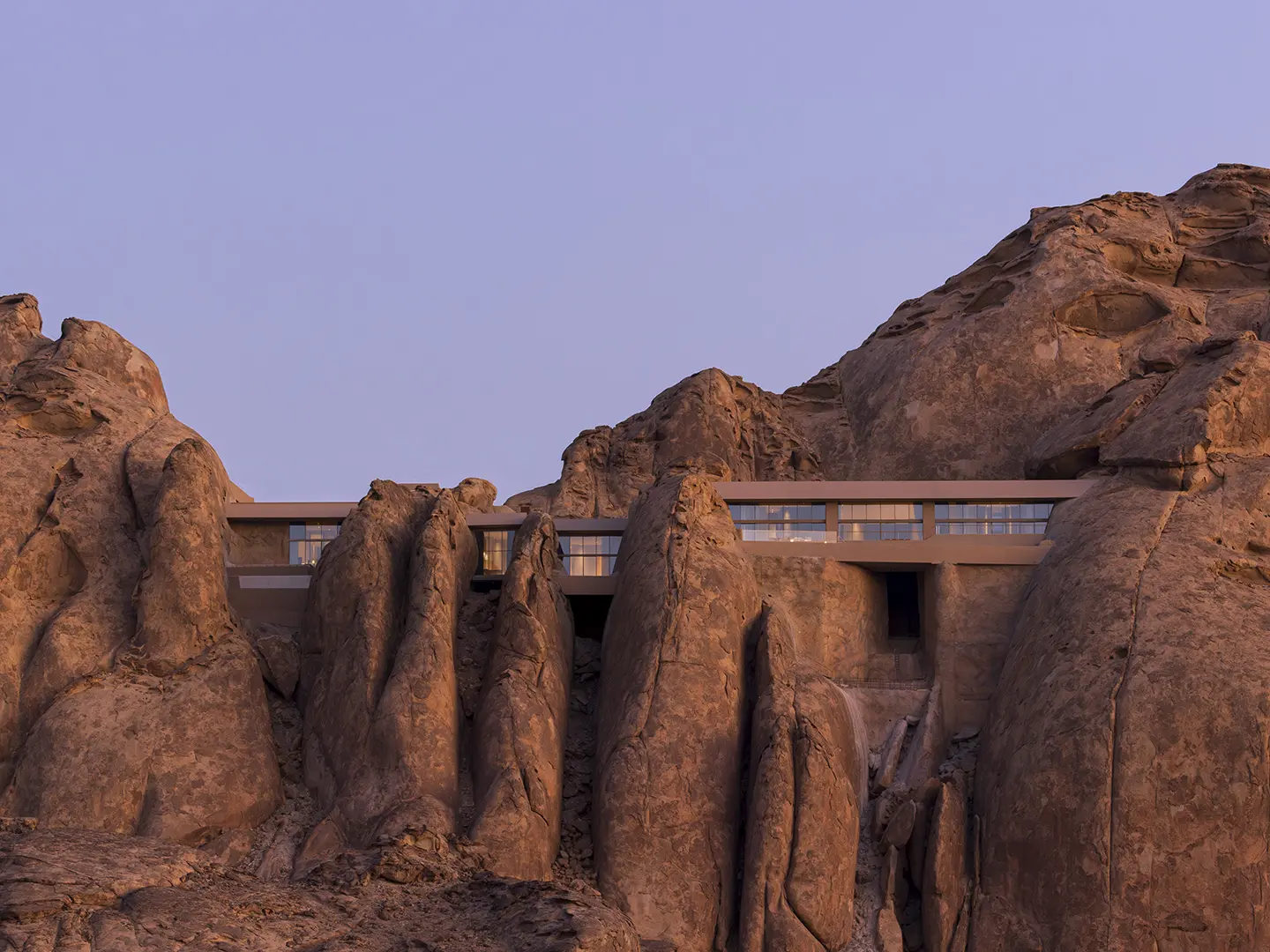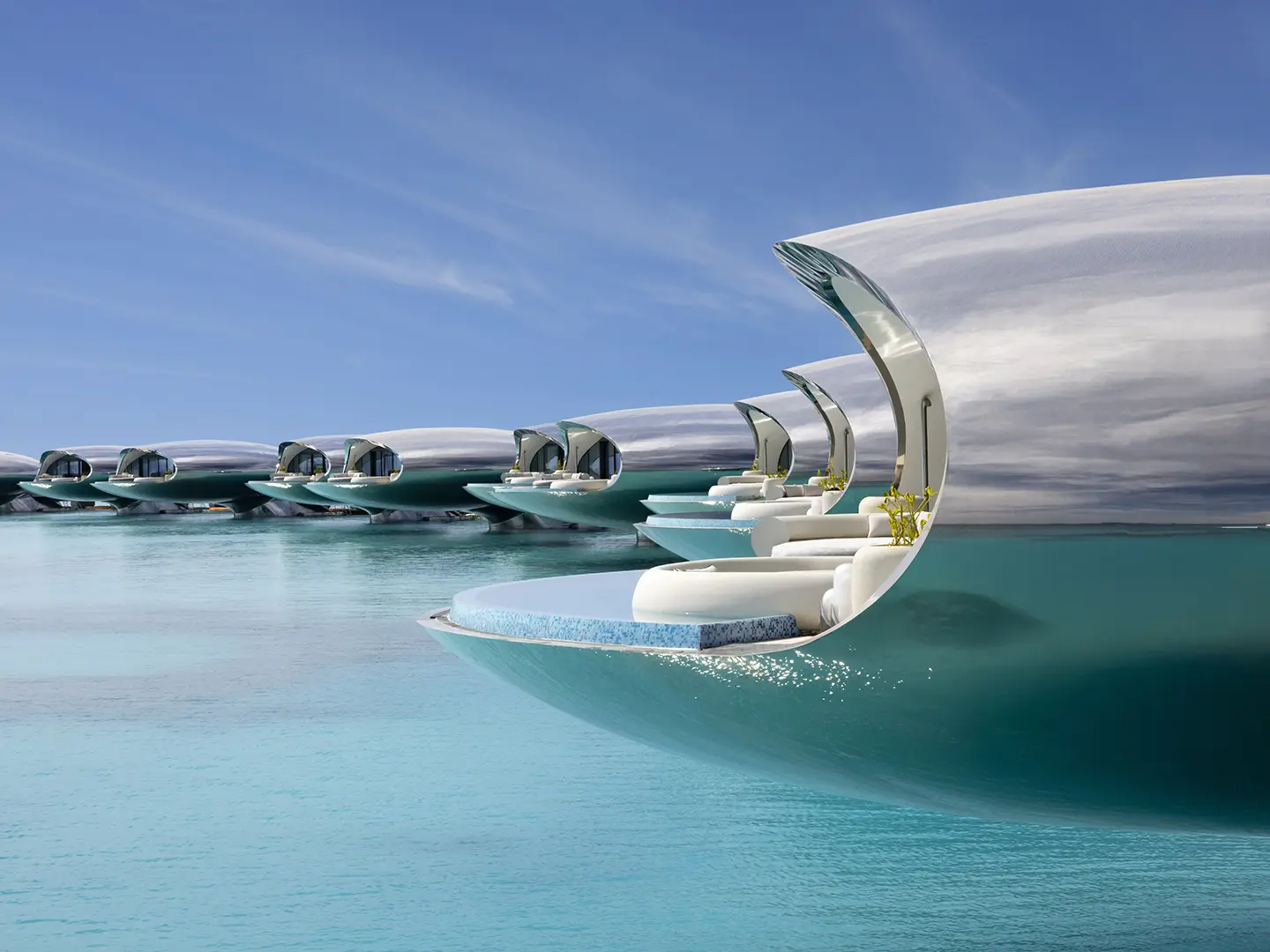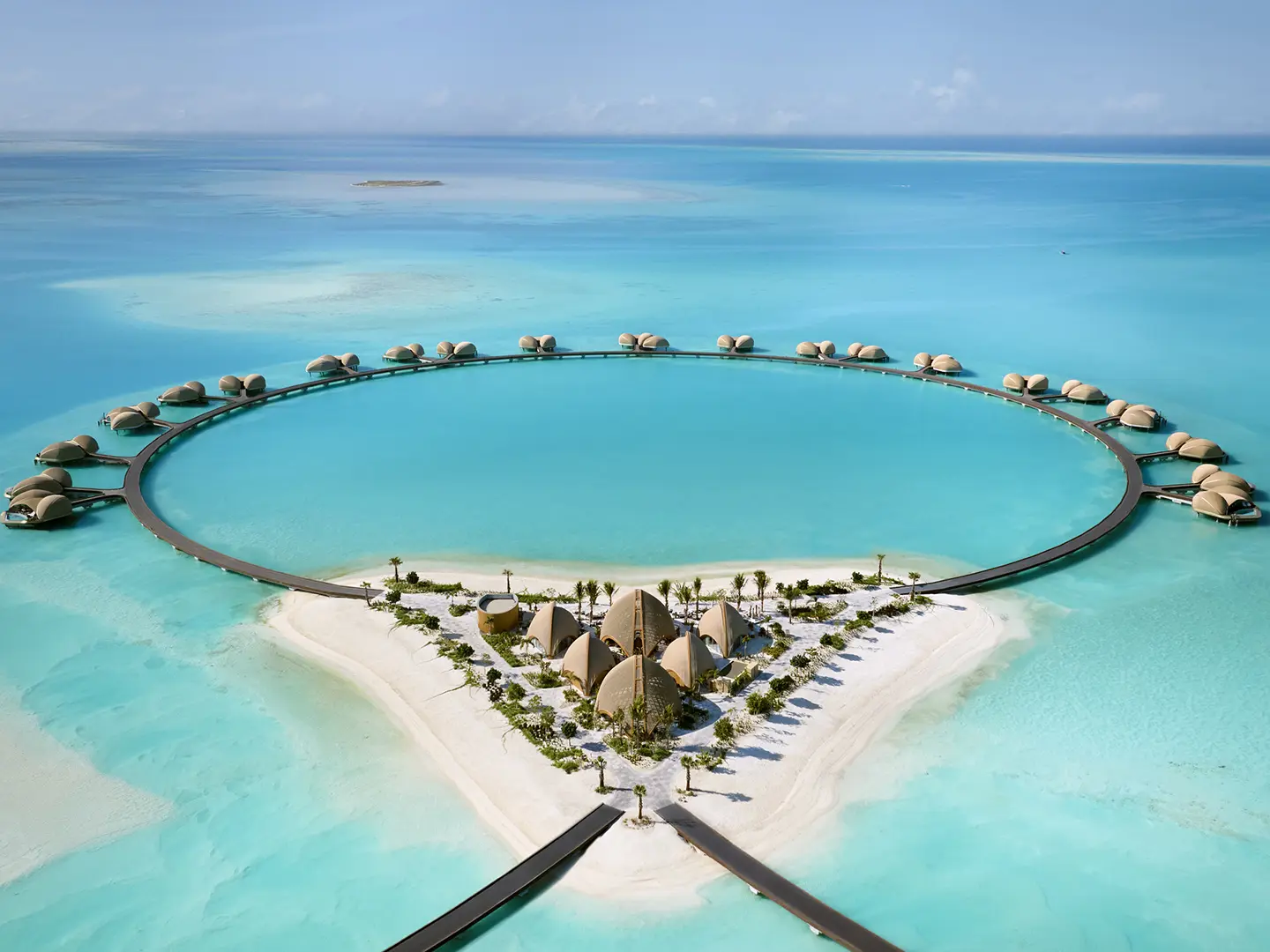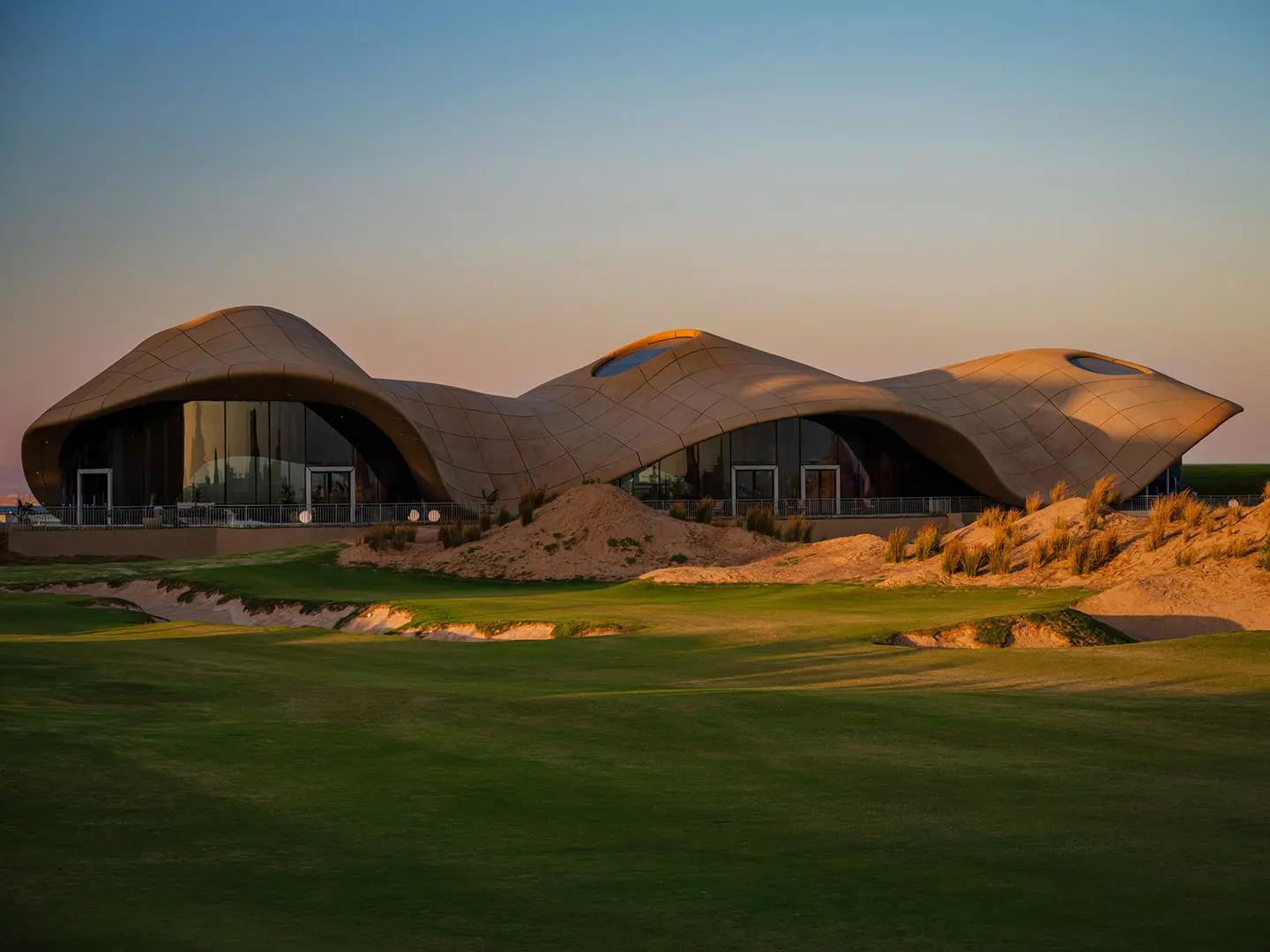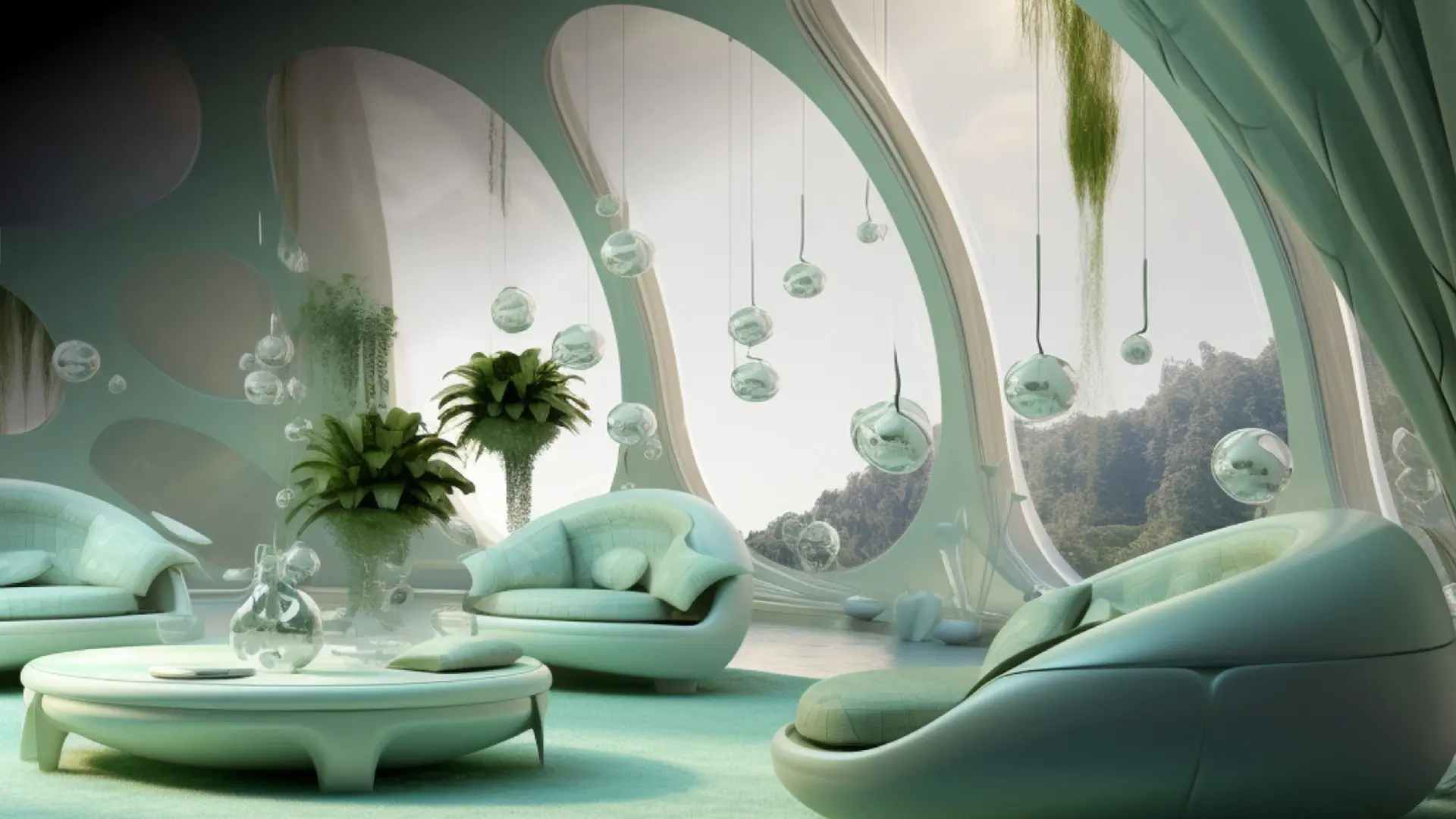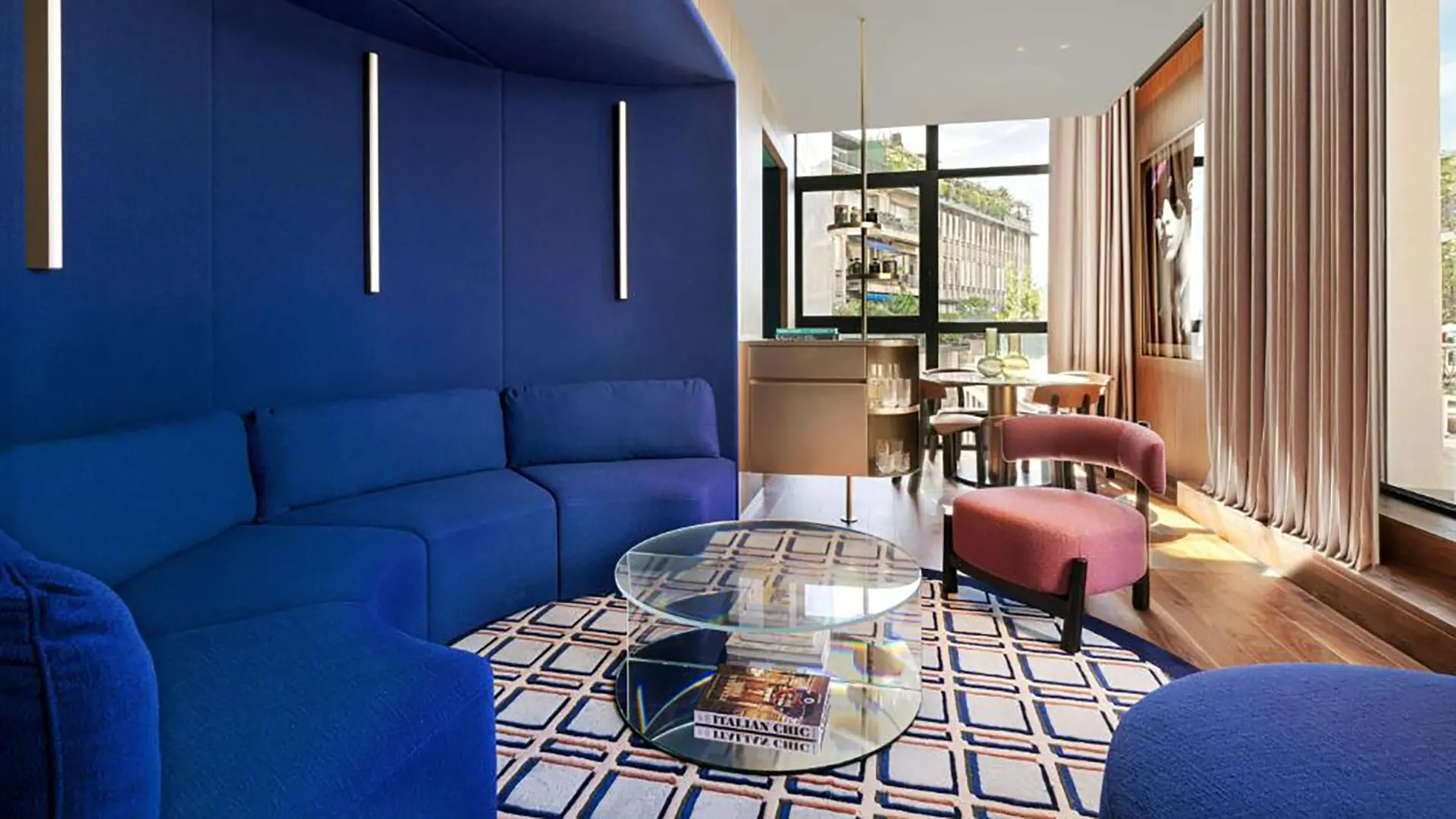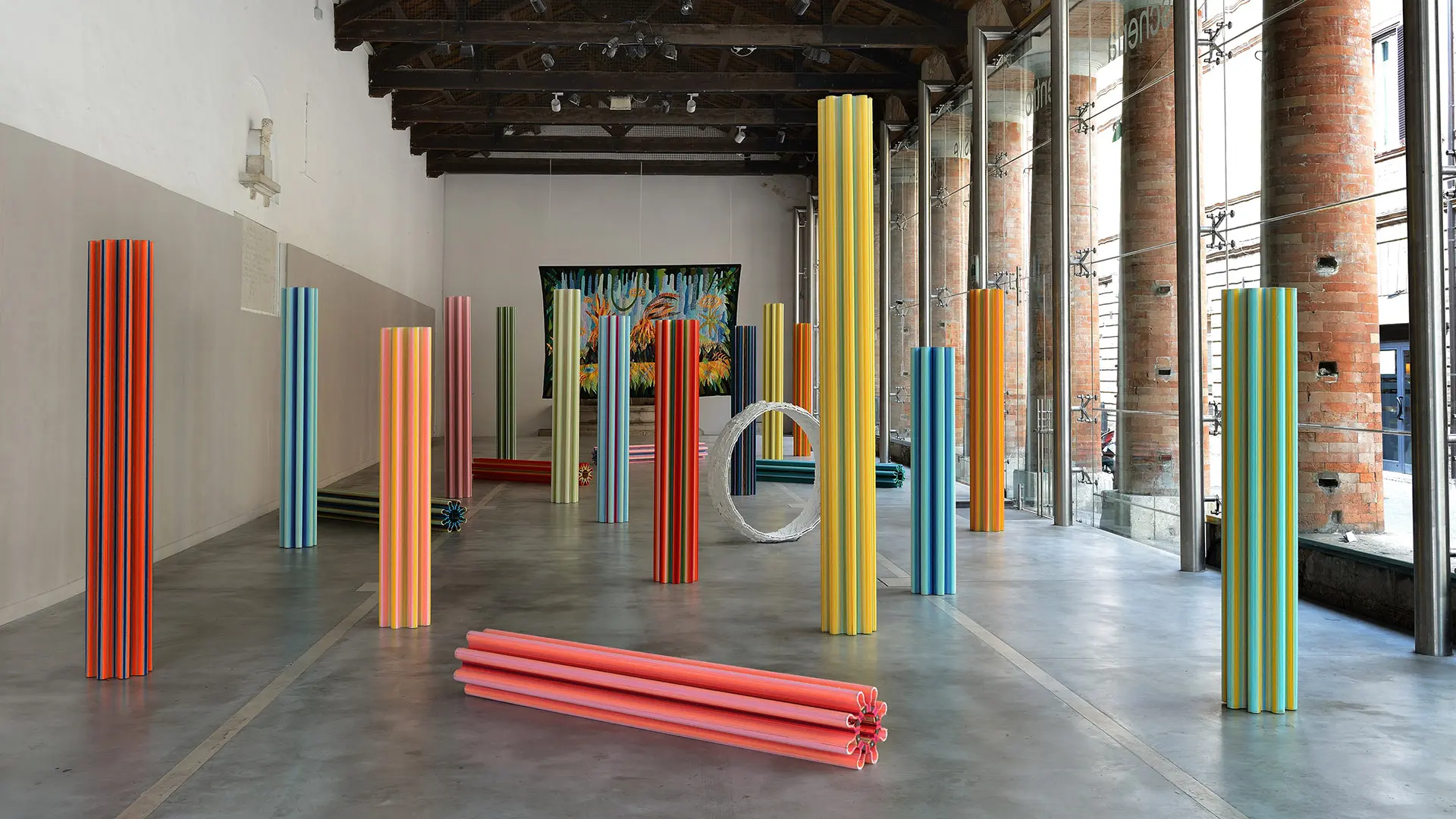From the Tokyo Design Awards, to the NY Product Design Awards & Architectural Design Awards, Best in Design, the NEB Trophy Design Competition, the Good Design Awards® and the Africa International Design Awards (AIDA), all the international news not to be missed in 2026
Luxurious and sustainable: the most iconic design hotels (already open or under construction) in Saudi Arabia

Shebara Resort, The Red Sea Project (Ummahat archipelago, opposite Red Sea International Airport), by Killa Design and Paolo Ferrari Studio
Saudi Arabia has come a long way from being a mainly oil-focused economy to being a new experiential tourism destination. A number of international starchitects have contributed to this paradigm shift, called upon to design spectacular hotels and resorts by the sea or in historic locations
Once upon a time, there was a country that was almost inaccessible to foreign visitors, given that only grounds for entry visas were professional or religious, and which was dependent on its enormous oil reserves. Once upon a time, that is, before the launch of the Vision 2030 plan, which envisages a gradual exit from the 'black gold' era and the diversification of economic activities, particularly in the service sector.
Since 2019, when Saudi Arabia opened its doors to foreign tourists, investment in the hospitality sector has mushroomed, as have the often futuristic structures designed by big names in international architecture, and there are just as many signature projects in the pipeline. The key areas are mainly located in the north-west of the country, along the Red Sea coast, where the massive Red Sea Project, once completed, will include 50 hotels and resorts with a total of 8,000 rooms and a thousand residential units, the site where the 'seaside' part of the Neom mega-project will be built, and around the historic UNESCO World Heritage site of AlUla.
From an architectural point of view, the new luxury hotels and resorts focus on connecting with their surroundings, both in terms of space management and of the balance between interior and exterior, as well as ecological impact, blending Western influences with rediscovered ancestral practices such as rope weaving for roofing and the use of raw earth bricks.
Read also: Salone del Mobile debuts in Saudi Arabia
Dar Tantora The House Hotel, AlUla
The 30-room boutique hotel designed by Egyptian architect Shahira Fahmi, in the alleyways of the old town, opened in May 2024. It is the result of the respectful restoration – based on the use of natural materials and pigments and supervised by the Royal Commission for AlUla – of a series of historic edifices built from mud bricks, stones and mud in around the 12th century. The interiors, designed by the pioneering local design school Madrasat Addeera, are traditionally-inspired and incorporate pieces of ceramic and wrought iron craftsmanship, with just one electrical socket provided per room. Guests are promised a retreat from the hustle and bustle of modern life and a place where they can literally unplug and live life at a slower pace.
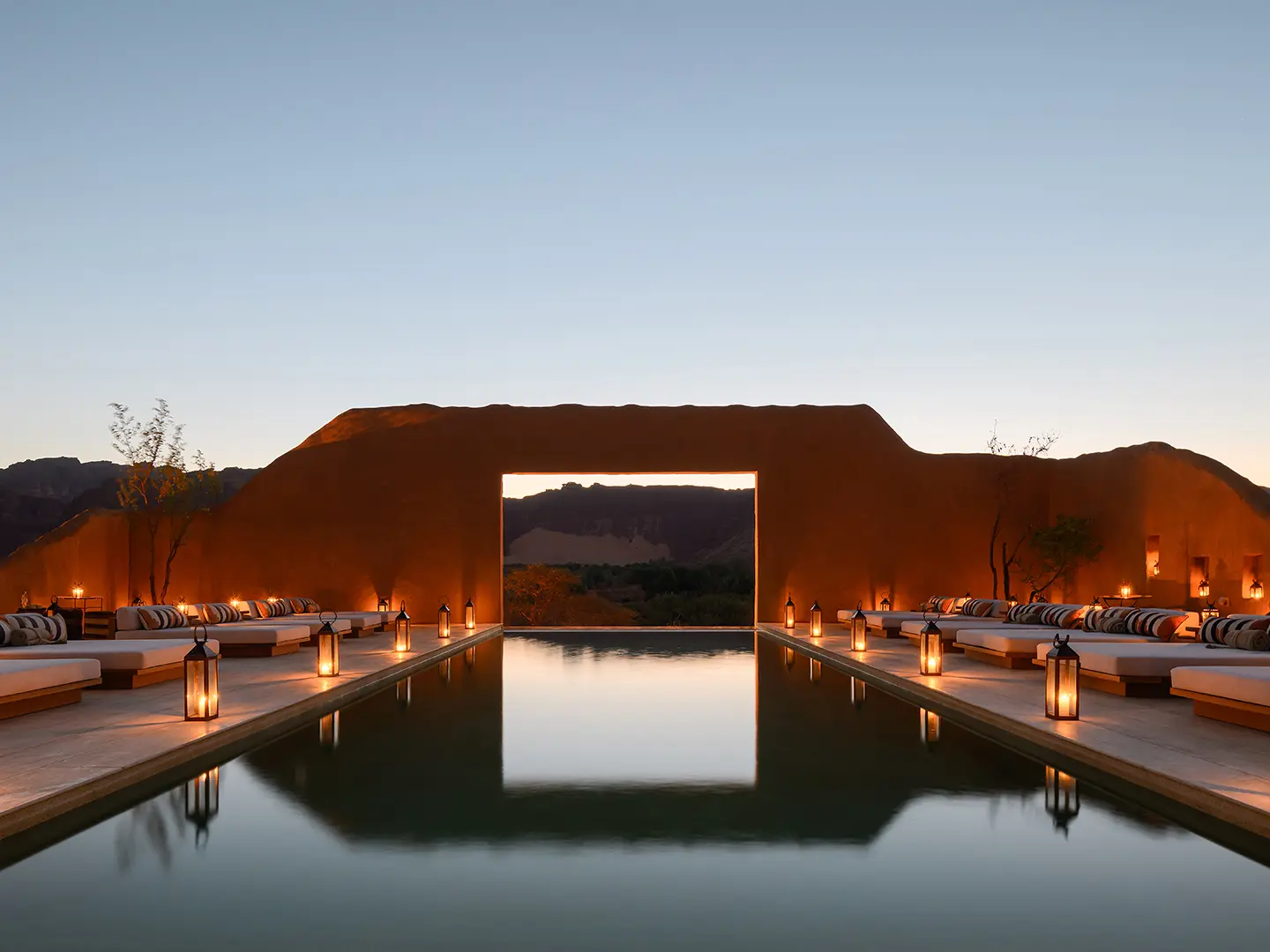
Dar Tantora The House Hotel, AlUla, by Shahira Fahmi
The Chedi Hegra, near AlUla (Hegra site)
The ancient Nabataean city of Hegra, North of AlUla, was an important stop along the legendary Ottoman Hijaz Railway, built in the early 20th century to connect Medina and Damascus, becoming Saudi Arabia’s first UNESCO World Heritage Site in 2008. The 35-room hotel, designed by the Milanese studio Giò Forma in collaboration with Black Engineering on the ruins of the railway, draws its strengths from its dialogue with the rocky landscape and the millennial history of the place. The hotel houses several art installations, not least the Shadow Canopy, a 700-metre-long sculpture that connects the various buildings making up the complex, and provides shade. A huge, spectacular chandelier made from sections of disused railway tracks and a restored locomotive integrated into the restaurant, which is housed in the former station, are reminders of Hegra's 'railway' past.

The Chedi Hegra, near AlUla (Hegra site), by Giò Forma
Sharaan Hotel, near AlUla (Sharaan Nature Reserve)
Biomimicry is the guiding principle behind the world-renowned French architect Jean Nouvel's design for this new resort, currently under construction in the Sharaan Nature Reserve near AlUla, which is home to several endangered species and where the extremely rare Arabian leopard is also expected to thrive in the future. Carved into one of the imposing jagged rock formations typical of the area, the complex aims to harness the 'energy of the mountains' and natural ventilation, drawing inspiration from the construction techniques of the Nabataeans. In a text written in 2018, before embarking on his ambitious venture, Nouvel described the Sharaan site as majestic, untouched and mysterious. Already a world unto itself. He realised that by going deeper, it could be inhabited while still preserving the sensations it invokes.
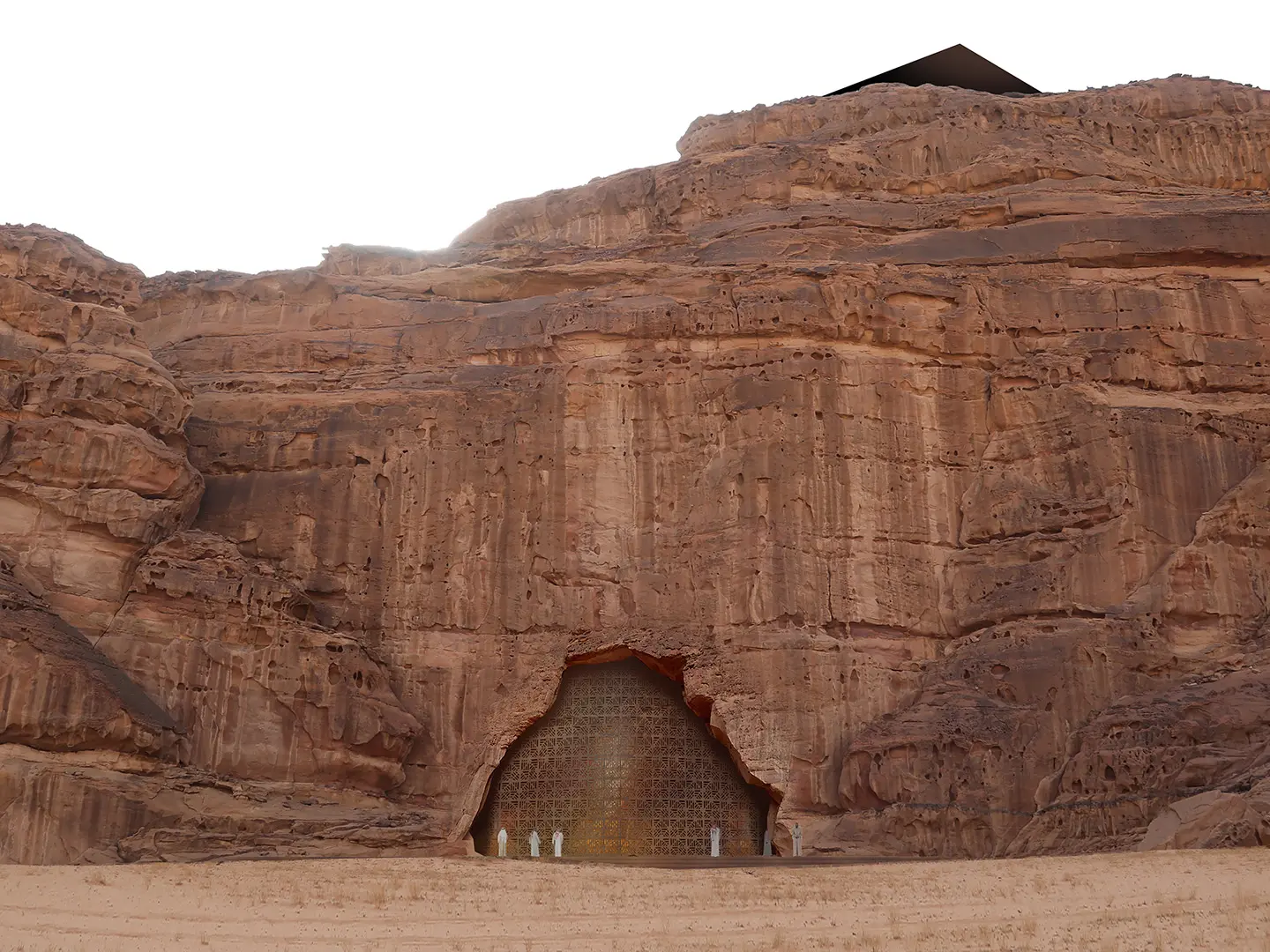
Sharaan Hotel, near AlUla (Sharaan Nature Reserve), by Jean Nouvel, ph. Ateliers Jean
Desert Rock Resort, The Red Sea Project (Umluj, south of Red Sea International Airport)
The upshot of a joint effort by the award-winning Oppenheim Architecture studio, Studio Paolo Ferrari and Red Sea Global, the Desert Rock Resort, which opened a year ago, also seems to be carved out of stone. The 54 villas and ten suites are not only in harmony with their surroundings but seem to emerge directly from them, carved into the mountainside, nestled at the bottom of the valley or perched on rocky pinnacles. The boundaries between inside and outside are blurred thanks to the use of natural materials, some of which were recovered from excavations carried out during the early stages of the hotel's construction and recycled or reused, and the integration of custom-made sand-cast components. Even the colours are borrowed from the desert, with dominant warm, earthy tones ranging from sandy beige to brown.


 Stories
Stories
